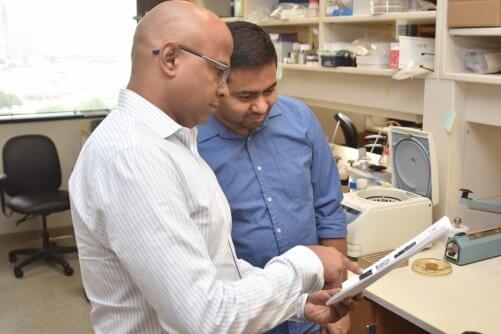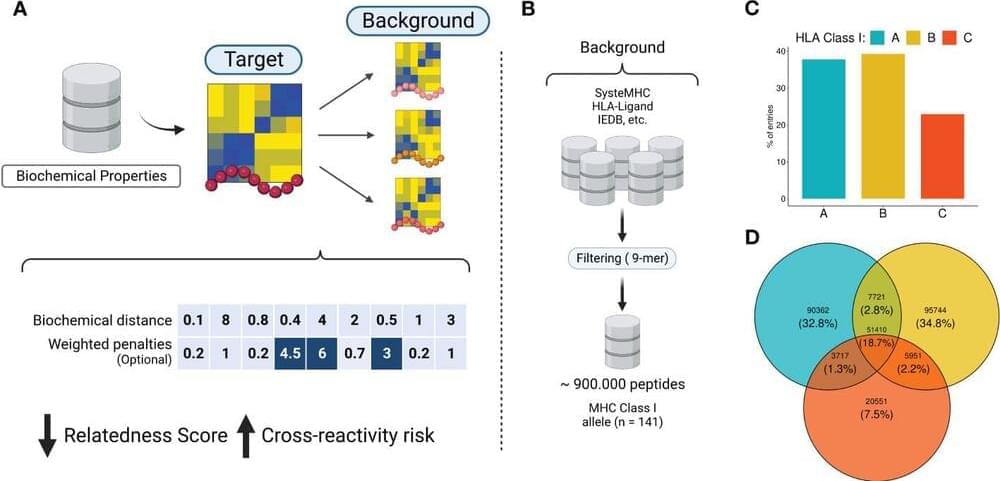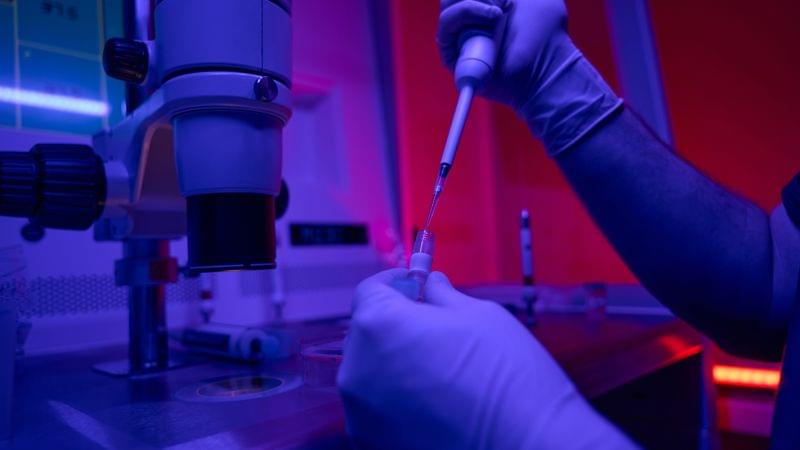Jun 15, 2023
Manipulating mitochondrial shape may limit metastatic cancer, study finds
Posted by Shubham Ghosh Roy in categories: biotech/medical, neuroscience
Mitochondria that power cellular activity fragment and change shape in breast cancer cells that migrate to the brain, an adaptation that appears necessary for the cells to survive, UT Southwestern Medical Center researchers report in a new study. The findings, published in Nature Cancer, could lead to new ways to prevent brain metastases, or the spread of cells from primary tumors to the brain.
“Through mitochondrial plasticity, these cancer cells undergo metabolic reprogramming that aids their survival in the brain niche that otherwise would not be available to them. Exploiting this vulnerability could offer a way to prevent brain metastases,” said study leader Srinivas Malladi, Ph.D., Assistant Professor of Pathology at UT Southwestern and a member of the Harold C. Simmons Comprehensive Cancer Center.
Metastatic cancer, which is treated as stage IV cancer, is responsible for the majority of cancer deaths.

















